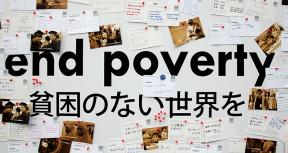This resource focuses on the use of traditional and new methods and data sources in generating poverty maps, which are an increasingly useful tool for evaluation. Using new sources of relevant data in generating such maps helps improve how we assess the relevance and effectiveness of development interventions.
The paper explores the methodological implications of using the following data sources for poverty mapping: (i) survey and census data; (ii) Global System for Mobile Communications, smartphone, and Wi-Fi indicators; (iii) call detail records; (iv) daytime and nighttime remote sensing imagery; and (v) the Survey of Well-being via Instant and Frequent Tracking. Each section provides a brief overview of the data requirements, methodology, and applicability considerations of each source. The paper also discusses the usefulness and limitations of each approach in the field of evaluation, providing concrete examples of poverty maps created from each of the listed sources.




